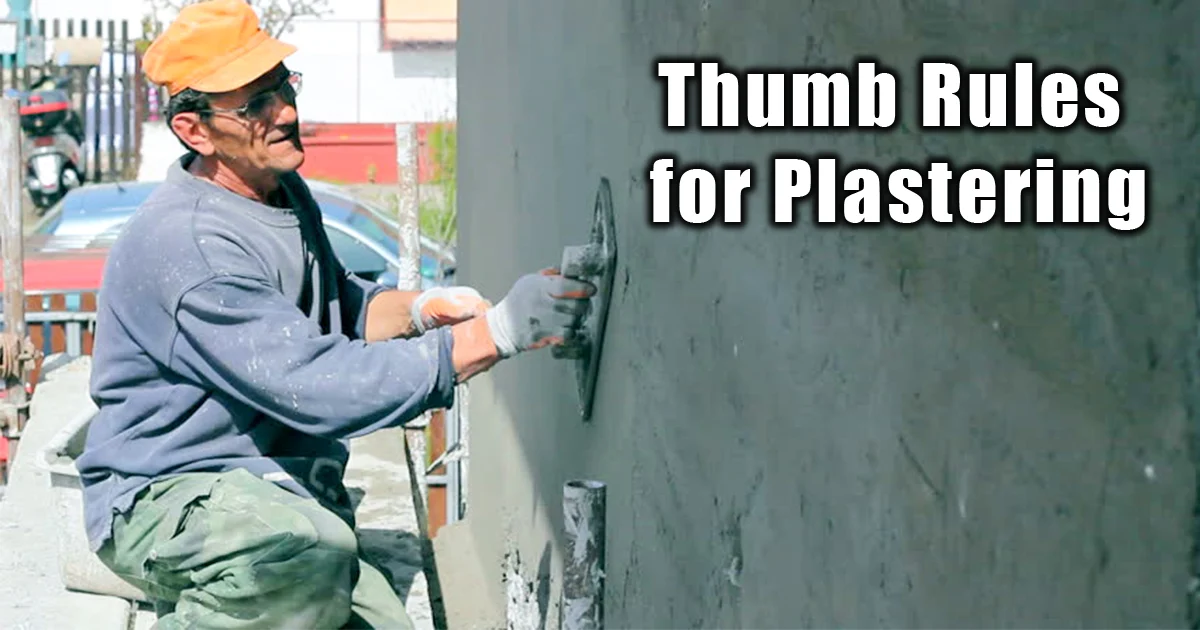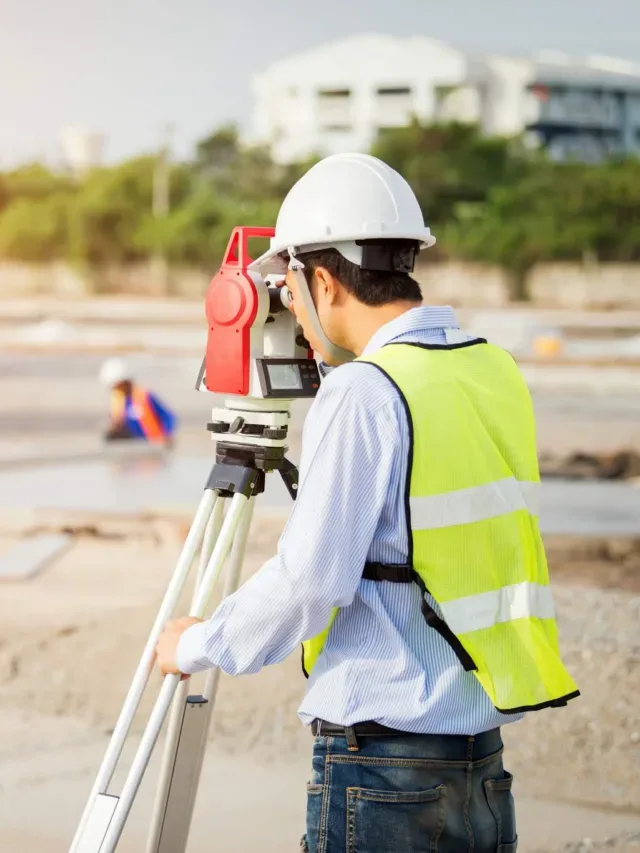Thumb Rules for Plastering and its Types

Thumb Rules for Plastering
Plastering
The plastering shall start top and worked down.The plastered surface shall be finished with wooden floats. Metal floats shall not be allowed for finished with wooden floats.Metal floats shall not be allowed for finishing operations.
There are Indian standards which need to be followed during plastering work:
Indian Standard (BIS codes)
IS 383 Specification for coarse and fine aggregates for natural sources for concrete.
IS 1542 Specifications for sand for plaster
IS 2645 Specifications for integral cement waterproofing compound
IS 8112 Specification for 43 grade OPC
IS 269 Specification for 33 grade OPC
IS 1489 Specification for Portland Pozzolana Cement
Types of Plaster
Sand Faced Plaster
First coat of 12 mm thick plaster is carried out in cement mortar of proportion 1:4 i.e. one part of cement to four parts of clean river coarse sand by volume.This coat is provided with zig-zag lines on the surface so that the second coat of 8mm thick plaster in cement mortar 1:3 adheres well. The second coat is done after 7 days of curing. Sponge is used in the second coat and it is applied when the second coat is wet. Sponging is done to expose the sand grains uniformly on the surface.The surface is well watered(Cured) for at least 15 days. This plaster is normally done for external wall surfaces.
Smooth-cast plaster or Plain faced plaster
This plaster is similar to sand faced plaster except that fine-grained sand is used instead of coarse grained sand and no sponging is done to expose the sand grains. It is normally done on internal walls. Curing remains same as sand faced plaster.
Thumb Rules for Plastering
When two coats of plastering is done, the first coat or undercoat should be left rough by making scratch lines both ways with I scratching tool or a trowel or by brooming.
External plaster is made water proof by adding water proofing compound as 2% by weight of cement.
The second coat is applied only when the first coat is sufficiently set within 7 days.
In multi storeyed building, plastering is not done in a storey, when shuttering and concreting work is in progress in the next higher storey as the plastering may get dislodged due to impact.
Corners of walls should be checked to verify whether they are in plumb. Water level is used to check the plaster over the surface of lintels and chajjas.
‘Plumb and string’ is used to check whether the plaster is in plumb.
Ebook to read Concrete Building Scheme Design Manual
See More
- Calculation of Cement and Sand for Plastering Excel Sheet
- Calculation of Cement and Sand Quantity for Plastering
- Principles of Plastering









